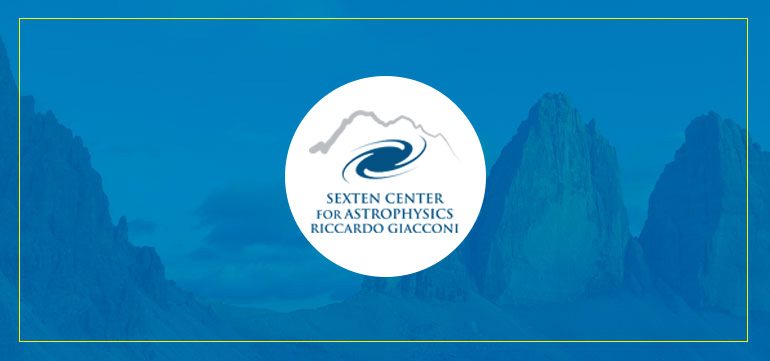
A Critical Look at Globular Cluster Formation Theories: Constraints from Young Massive Clusters
LOCATION: Sport & Kurhotel at Bad Moos - Via Val Fiscalina 27, 39030, Sexten
DETAILS
While the existence of stellar clusters has been known since antiquity (i.e. the Pleiades) they continue to provide surprises. Once thought to be the quintessential simple stellar populations (i.e. all stars having the same age and chemical composition), the ancient globular clusters (GCs) in the halo/bulge of our Galaxy are now known to host a number of anomalies. In particular, the stars within GCs display a number of (anti)correlations in the abundance patterns of light elements (e.g., the Na-O anti-correlation), showing that abundance variations are present within clusters. Interestingly, these trends are not found in old field stars in the halo, implying that it is only within the unique environment of GCs that such anomalies can develop. Additionally, high precision colour-magnitude diagrams of GCs have found that nearly all GCs display complex and unexpected features, such as double main sequences, extended horizontal branches and multiple giant/sub-giant branches. A number of theories have been put forward to explain the observed anomalies and most invoke the formation of a second (and even a third) population within an existing massive cluster. These theories, along with alternatives that do not invoke multiple star-formation events, make specific, testable, predictions. The goal of this workshop is to bring together theorists and observers to make progress and quantitatively test predictions from the models.
Another recent surprise in cluster research was the discovery that GCs, which were once thought to be produced only in the special conditions present in the early Universe, are still forming in galaxies today. While the presence of young globular clusters in nearby galaxies had been speculated, it took the superb resolution of the Hubble Space Telescope to prove their existence. These young massive clusters, also known as super star clusters (SSCs), are now known to be formed whenever the star-formation rate of a galaxy is high enough. While these clusters are now known to be relatively common, they are still some of the most extreme objects (in terms of stellar and star-formation rate densities) in the Universe. How do these clusters form? How do they relate to the low mass clusters that we see in the Galaxy? Has the “mode” of star/cluster formation changed over cosmic time (i.e. forming more massive clusters early in the universe)? If so, what effect does this have on our understanding of the build up of the Galaxy?
Due to their youth and proximity, SSCs can be used to directly test the theories of GC formation, specifically the origin of the observed chemical anomalies. Do SSCs show evidence for multiple generations of star formation within them, predicted by most theories of the origin of the chemical anomalies? Do they show extended star formation histories? Can SSCs retain the large gas/dust reservoirs required for theories to work? What observations are required to make definitive progress in our understanding of massive cluster formation and their role in galaxy evolution?
RELATED FILES
No files available yet.
FEE
To be defined
WORKSHOP CODE FOR PAYMENT
ORGANIZERS
Nate Bastian (Liverpool, UK) N.J.Bastian@ljmu.ac.uk Steve Longmore (Liverpool, UK) Linda Smith (STScI, USA)
